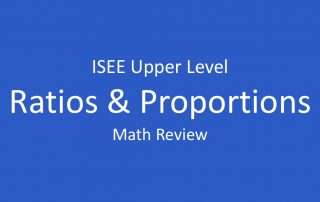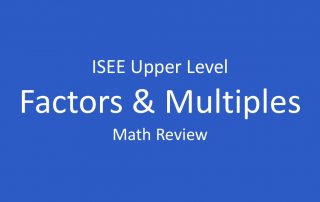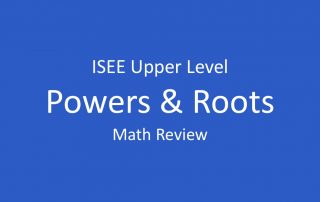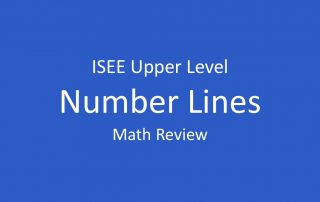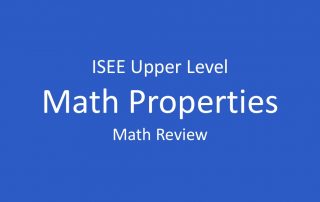ISEE Math Review – Ratios and Proportions
A ratio demonstrates a mathematical relationship between two quantities, and can be represented as a fraction, two numbers joined by a colon, or two numbers joined by the word “to.” If the ratio is a fraction, generally the first value mentioned goes in the numerator while the second value goes in the denominator. If [...]


